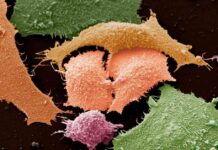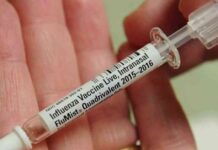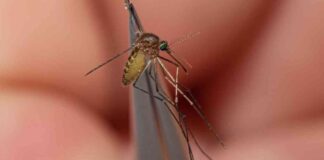Single ventricle heart disease is a rare condition that affects about 1 in 15,000 babies born in the U.S. This congenital defect occurs when one of the heart’s lower chambers does not fully develop. While it can be diagnosed before birth, there is currently no cure for this disease, and treatment often involves multiple surgeries from infancy.
To further understand the biological mechanisms behind single ventricle heart disease, a new $13 million research initiative has been launched by the American Heart Association and Additional Ventures. This collaborative effort aims to bring together teams of scientists from various institutions to work on research projects that will expand our knowledge of this complex syndrome.
The American Heart Association/Additional Ventures Collaborative Sciences Awards in Single Ventricle Heart Disease will focus on studying the underlying biological mechanisms and clinical complications associated with single ventricle disease. By using innovative research methods, these teams hope to challenge current knowledge and theories in search of potential cures.
Single ventricle disease is known to be one of the most complex forms of congenital heart defects, leading to a range of complications and comorbidities throughout a patient’s life. The research projects funded by this initiative will address key research questions related to single ventricle disease, including Fontan associated liver disease, arrhythmias, neurodevelopmental disorders, and immune system abnormalities.
The ultimate goal of this research is to improve the quality and duration of life for individuals living with single ventricle heart disease. By identifying clinical targets and potential therapeutic interventions, these projects aim to make a meaningful difference in the lives of patients and their families.
Through multidisciplinary collaboration and innovative research approaches, these teams of scientists hope to advance our understanding of single ventricle heart disease and move closer to finding effective treatments and possibly a cure. This initiative marks an important step forward in the field of congenital heart defects and offers hope for a brighter future for those affected by this rare condition.

















